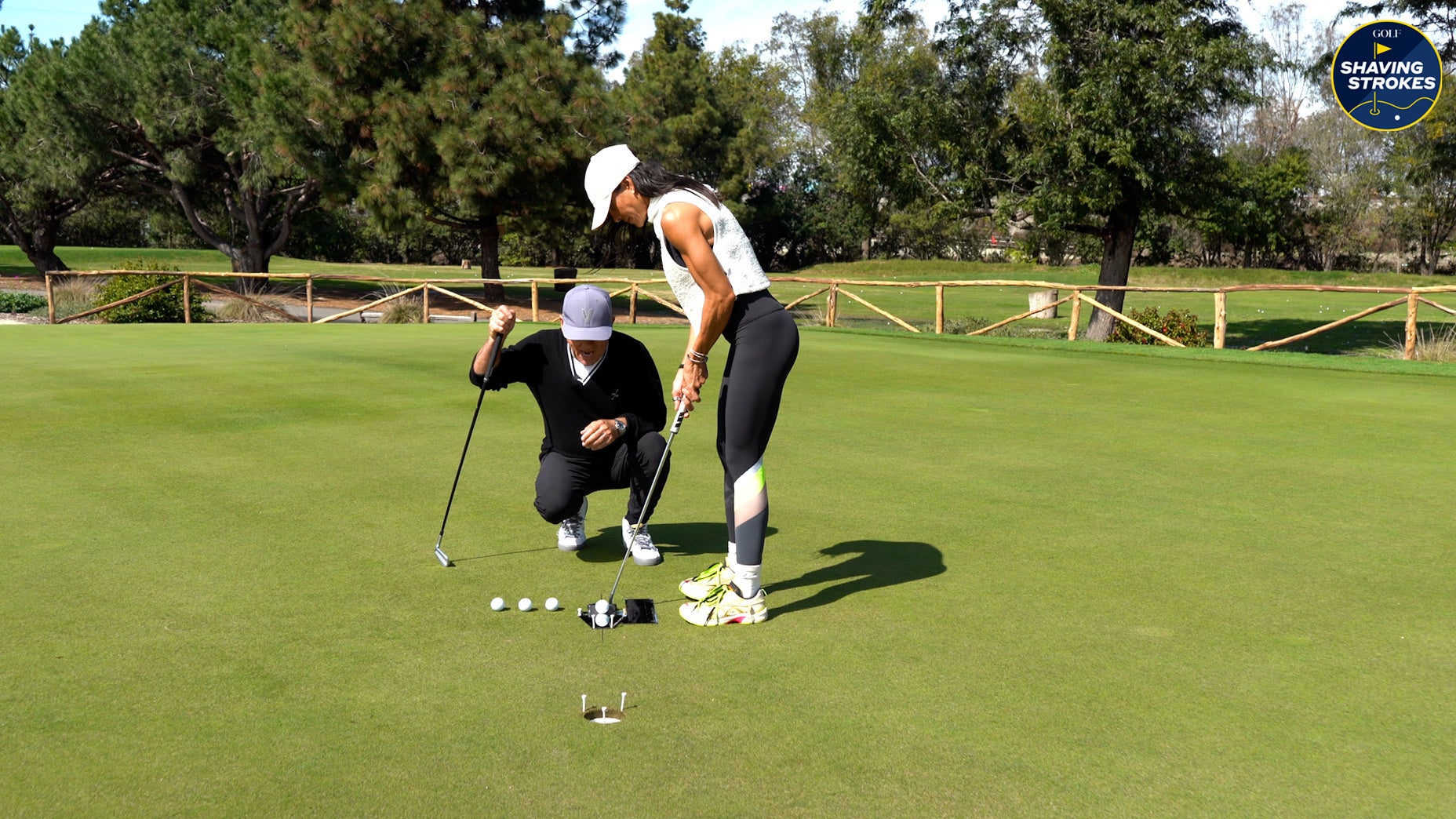2 ways to improve your putting without changing your stroke

I recently made two key changes to revamp my putting.
Getty Images
Putting has always been one of the strongest parts of my game. In high school, when I was five-foot-nothin’ and couldn’t hit the ball out of my shadow, it was the one skill that let me be a somewhat competent player. No matter what happened from tee to green, I knew I could trust the most important club in the bag to keep my score down.
But as I got older, and late-night putting sessions became more rare, my skills on the greens became less sharp. I’d still consider myself a solid putter, but I’m nowhere near the level I was at 10 years ago.
So recently, I’ve decided to revamp my putting — but I’ve done so without making any mechanical changes. Instead, I’ve changed my approach and strategy on the greens. Here’s how.
1. Line up the short ones
I’ve always relied on my feel when it comes to putting, so I’ve never been one to use a line on my ball on the greens. But since I can’t get to the course every day like I used to, that feel comes and goes. Some days, it doesn’t matter much and I feel dialed in with my putter. On other days, though, everything is just a little off, and I can never quite get comfortable.
To eliminate the variables as much as possible, I’ve recently opted for using a line on my ball to line up short putts. Line vs. no line is a polarizing issue in golf instruction, but since giving it a try several weeks ago, my consistency on short putts has vastly improved.

On anything inside 15 feet or so, I study the movement of the putt closely and use the line on the ball to point directly down the line of the putt. And while the line might look like it’s pointing in the wrong direction when I finally address the ball, once I trust that the ball is oriented correctly and focus on rolling the ball end over end, my start lines are much more consistent.
2. Speed is key on lag putts
On any putt outside of the ~15-foot range, I worry much less about line and instead put all of my focus on the speed of the putt. According to stats expert Scott Fawcett, speed is the only thing you should be focused on when it comes to longer putts.
“Putting is easy once you figure out that speed is all that matters,” Fawcett said at last fall’s Top 100 Teacher Summit. “Line matters, obviously, but not as much as you think.”
Why is that, though? Because almost all golfers can get their ball started somewhat on the intended start line on lag putts. What truly separates skill levels is speed control. In other words, golfers have a tighter dispersion pattern on their aim with the putter than they do with the distance.
I took this advice to heart, and have reoriented my focus on lag putts to speed as opposed to line. The strategy has left me with far more tap-in pars and stress-free holes.










